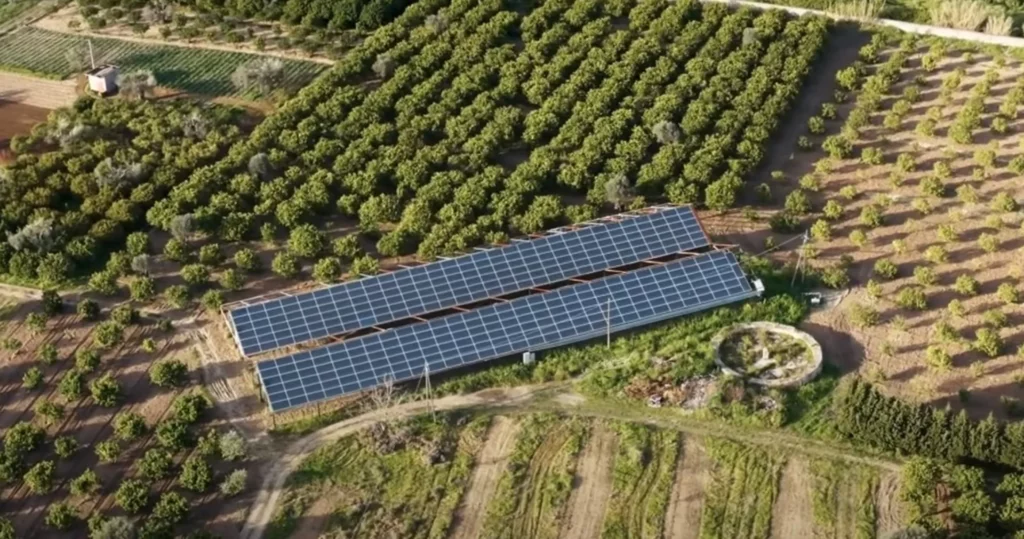An international team of scientists analyzed long-term data on carbon absorption by trees. It turned out that, on average, forests absorb 5 ± 0.4 billion tons of carbon per year — almost half of the carbon dioxide emissions associated with fuel combustion in 1990–2019. Although in some regions forests have reduced their absorption capacity by 31–36%, in temperate climates they have increased this figure by 30%. The results highlight the need to restore forests and develop sustainable timber harvesting methods. The study was published in the journal Nature.
Forests play a vital role in combating climate change, but they are often subject to logging and fires. Protecting and restoring these ecosystems will help mitigate global warming and reduce greenhouse gas emissions.
An international team of scientists decided to assess the effectiveness of forests in absorbing carbon. To do this, they analyzed long-term ground measurements and remote sensing data from 1990 to 2019 from millions of forest plots around the world. It turned out that, on average, the planet’s forests absorb a total of 3.5 ± 0.4 billion metric tons of carbon per year – almost half of the carbon dioxide emissions from burning fossil fuels during the studied period. However, in some regions of the Earth, forests have become weaker: for example, in the boreal (northern) forests of the Northern Hemisphere in the United States, Canada and Russia. There, forests absorb 36% less carbon than in other regions. This was probably influenced by the increased frequency of forest fires, insect invasions and warming of the soil. A similar trend is in tropical forests: deforestation has reduced their ability to absorb carbon by 31%. However, government actions in these regions have had an effect: reforestation of abandoned rural and cleared areas has partially offset the losses and kept the carbon balance close to neutral. Forests in temperate climates have increased their carbon absorption capacity by 30%. Much of this increase is due to reforestation, especially in China.
“The preservation of global forest carbon sequestration was unexpected given the global increase in forest fires, drought, logging and other stressors. But it turns out that increases in emissions in some regions were balanced by increases in storage in other regions, primarily due to tropical reforestation and temperate forest restoration. These results support the potential of improved forest conservation and management as effective natural climate solutions,” said Richard Birdsey, a co-author of the study from the Woodwell Climate Research Center in the US.
According to scientists, the findings support the need to conserve forests by restoring forests on lands unsuitable for agriculture and improving timber harvesting methods.
https://inscience.news/ru/article/world-science/earth-science/lesa-pogloshaut-polovinu-vybrosov-uglekislogo-gaza



